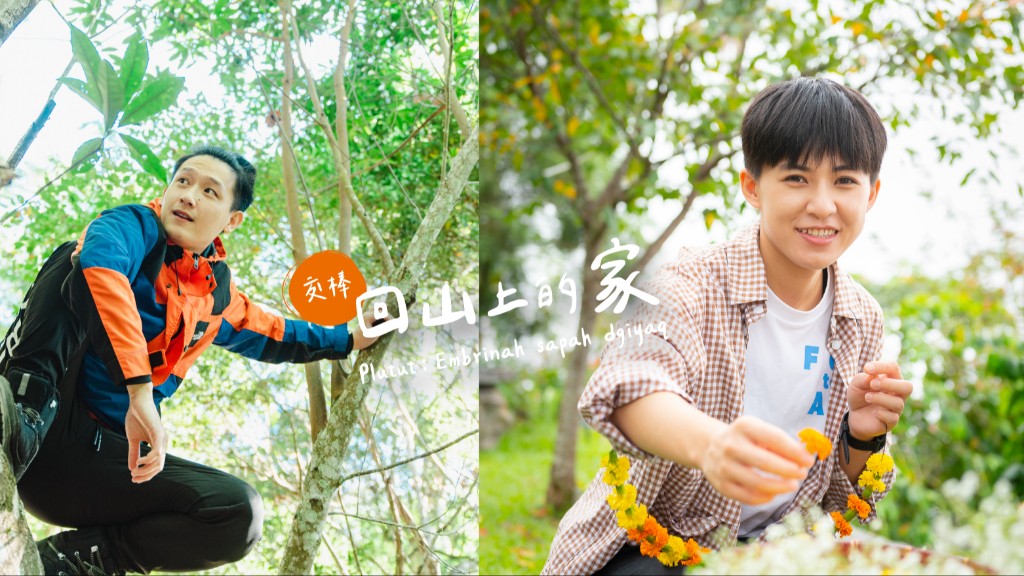tana pangaaapan do wawa aka no pangatesas so saki aka no niminmasazi a vazay am, to mimamayo o ya akmey kabedbedan no asa ka ili a cicirawat.
da nipadket do《原視界》o vazay no malavayo a Bonongco a mingaran si Umav Ispalakan, nimangay do ili no Cowco do 新美, macikaop do rarakeh a mamaltog so omowmalalam aka no mamareng so saki aka no mapakheb so saroap do takey, ononongan na jira o pimasawdan da asa ka itetngehan, makma so mamaltog so omowmalalam do kakaasan aka no tominon aka no mamareng so ito no aramay. ipakatopos do vazavazay no malalavayo a tao do da talitalilisan, ya pacimatan do pangtoktowan no pangangavangan a ya omranes do ili no yancomin.
nimyapo nokakoa o kavonong so kanekanen no tao ya, kalovotan o niahahapan no manisibo a tao, mitarek o vonong no rarakeh aka no motdeh a vinyay, cicirawat oya no kakoa pa, am yarana mian so zampo aka no panrekmehan so kanekanen am, ya rana mablis o ya apan sia. o ya mamaltog so omowmalalam a tao am, da zazatan sira no ya omzat do omowmalalam dehdeh, tana yaro o masalit a vazay am, ya miparo o ya mapatnek so kalovotan a ciciponan do ili no yancomin sicyakoa ya. ko pakoyokoin pa jinyo mangakeypeng a malalavayo a tao am, masanib kamo a komawalam so kamanrarakehan, ipakatengen nyo do kangangay ta do ili.
Community identity is shaped, little by little, through daily routine such as hunting, wine brewing, or sharing life and personal experience, and these are also the features that differentiate a community culture from others.
For this volume of Indigenous Sight, we have invited a young Bunun person, named Ispalakan Umav, to have an authentic taste of daily life in Tsou people’s Sinvi community. By so doing, this indigenous youth with life experience in both city and indigenous community had an opportunity to observe others when performing the daily rituals ranging from patrolling farms, producing alcoholic drinks, setting traps, and building a hunting hut, and at the same time share how he has been reminded of the past daily activities such as gun hunting, weaving clothes and spinning ramie yarn in the community, and brewing alcoholic drinks, etc. This attempt allows us a glimpse of the experience of young indigenous people leading a dual life between city and indigenous community. At the same time, we have an opportunity to see how the change in social value has influenced the indigenous community.
An illustration of this is indigenous food-sharing system. Hunters shared prey with their community members; food sharing varied from elders to children in the family. Indigenous peoples used to take this system for granted, but after electricity and refrigerator were introduced to them, things have changed. In addition, we have to address the environmental concerns from the society while at the same time striving to preserve the traditional way of hunting. Despite difficulties, we have to develop a hunter association, which caters to the modern world, and encourage indigenous women to become hunters. It is imperative that our people continue to search and establish their own norms and life style. I encourage young indigenous people to engage in inter-community communication so as to identify the ordinary and extraordinary daily routine in their community. They will be able to get to know themselves more by living each moment.
Panirsirngen do yanbonkay
Chairman of the Indigenous Peoples Cultural Foundation







